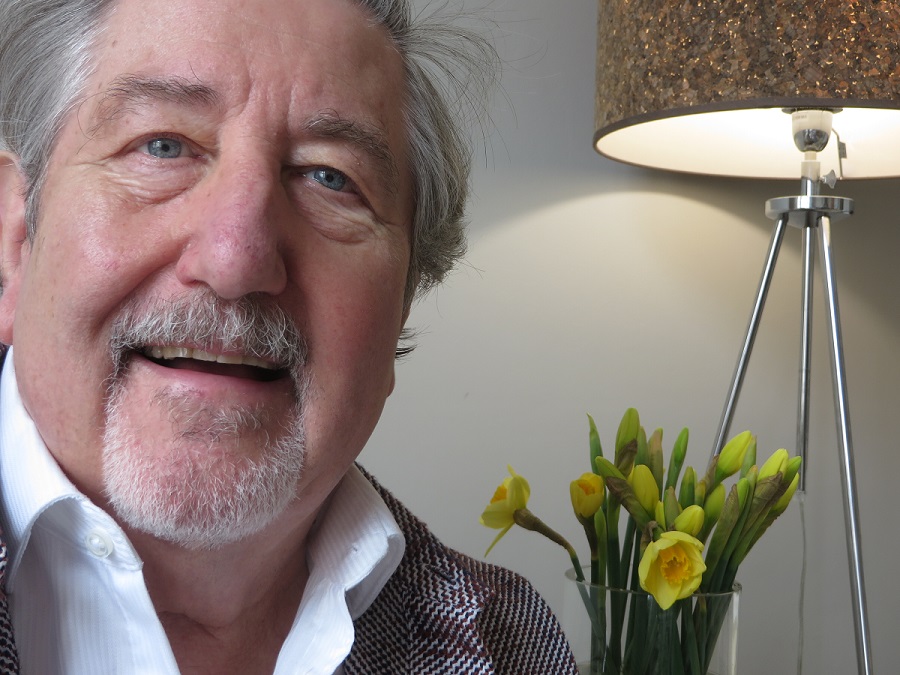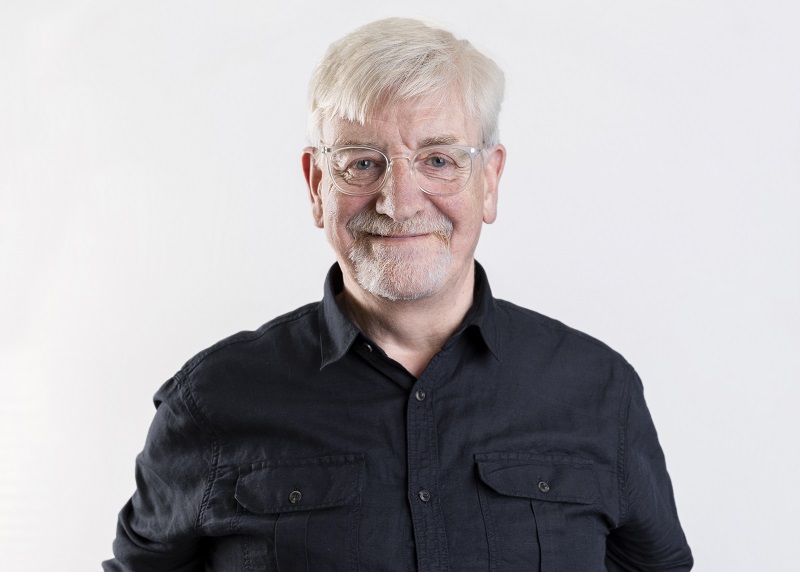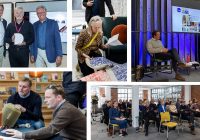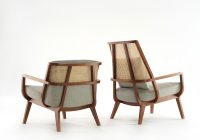
Full stop, a simple compact flush mount light, was one of five award-winners in our new for 2021 Lighting Design category that was designed by Derek Treadwell for Innermost.
We recently sat down with Derek to find about more about his long career in design.

Who is your design hero?
It will have to be heroes. My initial training was as a mechanical design engineer. Consequently, I am drawn to products that have an original and inventive engineering element. There are many designers that have influenced and inspired me over the years, but Dieter Rams, Santiago Calatrava, Harry Bertoia, Warren Platner, Charles Eames, and Frank Geary come to mind. When I was training, I worked under Ren Carter, another hero. During World War II he had been part of Barnes Wallis’s team developing the bouncing bomb.
When did you first decide you were going to be a designer?
I don’t think there was ever a conscious decision. When I was at school, I was always making things and during lunchtimes and after lessons I could usually be found in the workshops or in the art room. At home I was often in my father’s workshop searching out parts for some project or another.
What was your first big break in the industry?
I trained at a company called Abwood that specialised in making very high precision machine tools – they’re still in business after 100 years. In 1964 they were looking to offer a technical apprenticeship in design and came to my school asking for recommendations and my name was put forward.
My first year out of school was spent in the design office and then, over two years, I was sent to work in every department of the company – sales, marketing, purchasing, machine shop, fitting shop, electrician shop, stores and inspection. After a final year back in the design office I joined the team as a designer.

What was the first product you ever designed?
Having finished training I was handed a project of my own – it was a bespoke unit to work with one of our standard machines. We were asked to provide equipment to Pratt and Whitney that could accurately machine the inside faces of castings carrying planetary gears in engines for United Aircraft of Canada. My job was to devise and detail a unit that could automatically and repeatedly profile a plunging grinding wheel using a moving diamond.
What do you enjoy about being a designer?
As every designer I know it’s about solving problems and that clean sheet at the beginning of the project. It is always painful, but it gets the grey matter working.
What is the most frustrating aspect of your job?
Knowing there is a solution out there but not knowing what it is. 99.9% of the time you can find it. That 0.1% always niggles, though, whether it is a material, a process, a mechanism or just how to achieve something in CAD.
Which design are you most proud of?
There are so many projects I’ve been involved in over the years – it is impossible to choose one that stands out. Occasionally I have designed products that have gone on to become big sellers and real workhorses. A few times they have reversed the fortunes of the client company – that’s really satisfying.

What is your creative process? How do you get in the mood to design something?
When I first get briefed, I like to forget about it for a couple of days. Of course, that doesn’t happen, it creeps into the brain during the middle of the night or when I’m taking a shower and I start to mentally build a virtual model.
After a while the ideas build and I have to make a start and now that means an initial CAD model, not the sketch pad of old. I use Autodesk Fusion 360 as my primary CAD software, and I find it perfectly suits the way I work.
One thing I’ve never been frightened of is scrapping an idea and starting again. The prior version always informs subsequent models and is nearly always quicker than modifying elements of the original layout.
What influences you?
Invention. I don’t see it as the job of a designer to copy or modify the existing, it is our job to show things that have never been seen before, to solve problems in new ways. Not for the sake of it but to move things forward.
Is there a product you wish you’d designed?
I’ve had a long career and worked in all sorts of sectors. From production machinery and hot metal printing presses to office furniture, medical equipment and, of course, lighting. Along the way I’ve worked on mobile and landline telephones, computer equipment, toys and games, fittings and machinery for super yachts and much more. I have never worked in fashion, that would be fascinating; to use many qualities of fabrics the way tailors and couture houses do.
For more information about Full Stop, go to https://www.innermost.net






